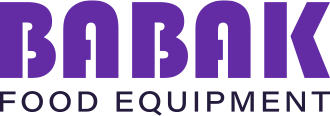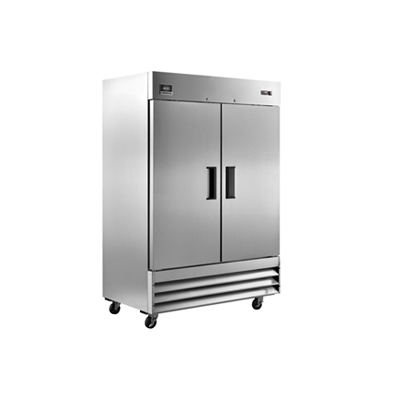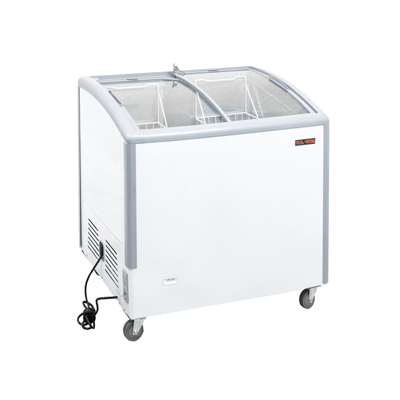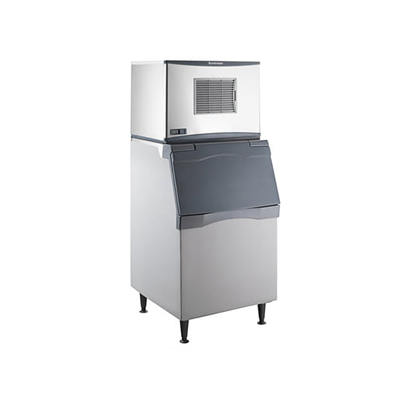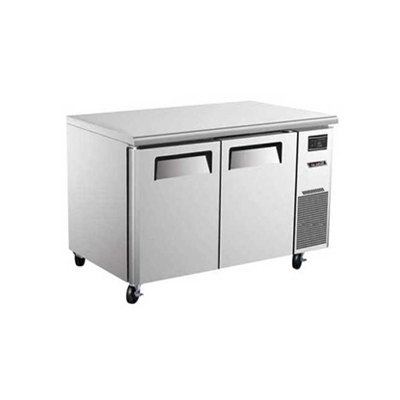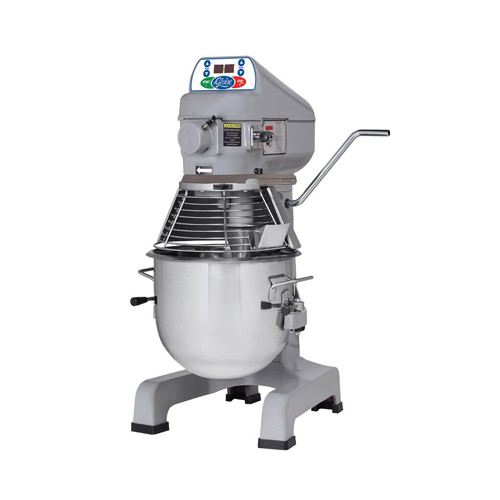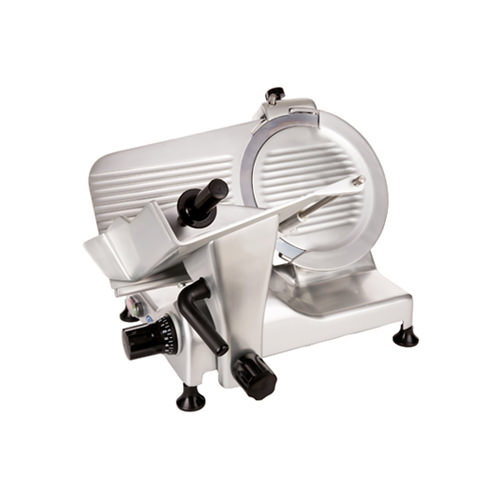Three Compartment Sink: Essential for Canadian Restaurants
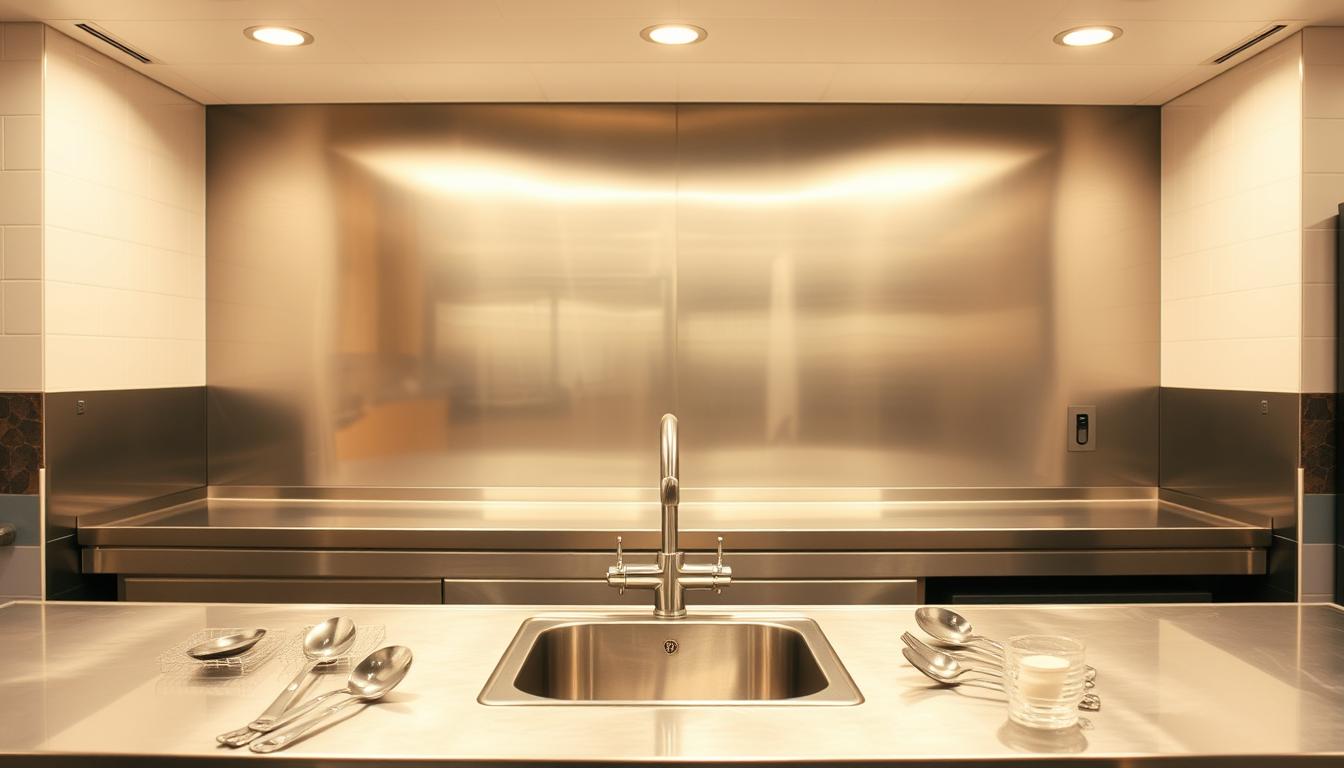
Did you know that a properly used three-compartment sink can reduce the risk of foodborne illnesses by up to 30% in Canadian restaurants? This simple, yet crucial piece of equipment plays a vital role in maintaining food safety and compliance with health codes. As a restaurant owner or manager, understanding its importance is key to running a safe and efficient kitchen.
The three-compartment sink is more than just a dishwashing station. It’s a cornerstone of food safety, ensuring that every utensil and surface that comes into contact with food meets rigorous health standards. Even with modern dishwashing equipment, the manual three-sink method remains essential for its reliability and effectiveness in high-volume kitchens.
At Babak Food Equipment, we specialize in providing top-tier restaurant solutions, including high-quality three-compartment sinks designed to meet the unique demands of Canadian restaurants. Whether you’re looking to upgrade your current setup or ensure compliance with FDA requirements, our team is here to help. Contact us today at 604-566-9747 to learn more about how we can support your kitchen’s success.
Understanding the Role of a Three Compartment Sink in Commercial Kitchens
In a busy Canadian restaurant, maintaining food safety is paramount. A compartment sink plays a vital role in ensuring dishes and utensils are cleaned and sanitized properly. By following FDA guidelines, this setup helps prevent cross-contamination and keeps your kitchen compliant with health codes.
Importance for Food Safety
The three-compartment sink is designed to handle washing, rinsing, and sanitizing. Each step is crucial for removing food residue and pathogens. The first compartment is for washing with hot water, the second for rinsing, and the third for sanitizing, ensuring all items are safe for reuse.
How It Meets Health Code Standards
Canadian health codes require specific water temperatures: at least 110°F for washing and 171°F for sanitizing. Regular sanitizing ensures dishes are free from bacteria. Proper labeling of each compartment guides staff through the correct process, maintaining a clean and safe environment.
Investing in a high-quality compartment sink from Babak Food Equipment ensures your kitchen meets all health standards. Contact us to learn more about our solutions.
Benefits of Implementing a Three Compartment Sink in Your Restaurant
Discover how a compartment sink can elevate your restaurant’s efficiency and safety. By integrating this essential equipment, you not only enhance sanitation but also streamline operations, leading to significant cost savings and compliance with health standards.
Enhanced Sanitation and Compliance
- Reduces the risk of foodborne illnesses by up to 30%, ensuring a safer environment for your customers.
- Meets strict health codes, making inspections smoother and reducing potential violations.
Cost-Effective Operations
- Manual dishwashing with a compartment sink is more economical than automated systems, cutting down operational expenses.
- Durable stainless steel construction ensures longevity, minimizing replacement costs over time.

Investing in a high-quality compartment sink from Babak Food Equipment not only boosts your kitchen’s efficiency but also supports long-term financial savings. It’s a practical choice for any Canadian restaurant aiming to maintain high standards of cleanliness and compliance.
Getting Started with Your Kitchen Sink Setup
Setting up a kitchen sink is a crucial step in ensuring efficiency and hygiene in your restaurant. A well-chosen sink can make a significant difference in your daily operations. Let’s explore how to select the right equipment and materials for your setup.
Selecting the Right Equipment
When choosing a sink, consider durability and efficiency. Look for a sink made from high-quality materials that can withstand heavy use. Stainless steel is an excellent choice due to its resistance to corrosion and ease of cleaning.
A stainless steel sink is not only durable but also easy to maintain. It can handle the high demands of a busy kitchen, ensuring longevity and performance.
Choosing Quality Materials Like Stainless Steel
Stainless steel stands out as a top choice for kitchen sinks. It offers exceptional durability and resistance to corrosion, making it ideal for commercial settings. Additionally, it’s easy to clean and maintain, which is essential for upholding hygiene standards.
When integrating a stainless steel sink into your kitchen, ensure it’s installed correctly to optimize performance. Proper installation will enhance your kitchen’s functionality and contribute to a safe and efficient environment.
The Three Sink Regulations and Best Practices in Canada
Understanding the regulations and best practices for using a three sink setup is crucial for maintaining compliance and safety in Canadian restaurants. By adhering to FDA guidelines and local health standards, you can ensure your kitchen operates efficiently while minimizing foodborne illness risks.
FDA Guidelines and Local Health Standards
Canadian health codes require specific water temperatures for each sink. The first and second sinks must maintain at least 110°F for washing and rinsing, while the third sink needs a minimum of 171°F for sanitizing. Regular sanitizing ensures dishes are free from bacteria, and proper labeling guides staff through the correct process.
Required Water Temperature and Sanitizer Options
The FDA specifies that the wash and rinse sinks must be between 110°F and 120°F. The sanitizing sink must reach at least 171°F. Approved sanitizers include chlorine, quaternary ammonium, and iodine solutions, each with specific temperature ranges for effectiveness.
Labeling Each Sink
Clearly labeling each sink as “Wash,” “Rinse,” and “Sanitize” helps staff follow the correct procedures. This labeling ensures consistency and compliance, reducing the risk of cross-contamination and maintaining a safe environment.

Non-compliance can lead to food safety risks and fines. Regular cleaning and maintenance of the sink are essential to uphold hygiene standards and ensure optimal performance.
Step-by-Step Guide to Using a Three Compartment Sink
Mastering the three sink method is essential for any Canadian restaurant looking to maintain high food safety standards. By following this step-by-step guide, you can ensure your dishwashing process is both efficient and compliant with health regulations.
Pre-Washing: Removing Food Residue
Start by scraping off large food particles from dishes into trash or compost. This prevents clogs and ensures cleaner water in your wash sink. For tough residue, soak dishes briefly before washing.
Effective Scrubbing Techniques in the Wash Sink
Wash dishes in the first sink with soapy, hot water (at least 110°F). Use a scrub brush to remove all food residue thoroughly. This step is crucial for preventing re-contamination later.
Proper Rinsing and Sanitizing Procedures
Rinse dishes in the second sink with clean, hot water to remove soap residue. Finally, submerge items in the third sink, filled with sanitizing solution (like chlorine bleach) at 171°F, for at least one minute. This ensures all bacteria are eliminated.

Regularly changing the water in each compartment and maintaining proper temperatures is vital for effective dishwashing. For more information on selecting the right equipment, visit Babak Food Equipment.
Essential Techniques for Effective Dishwashing Processes
Effective dishwashing is the backbone of a safe and efficient kitchen. Understanding the right techniques ensures your restaurant maintains high hygiene standards while complying with health codes.
Explaining the Manual Three Sink Method
The manual three-sink method involves three key steps: washing, rinsing, and sanitizing. Each step is crucial for removing food residue and pathogens. Washing is done in hot, soapy water, followed by a clean water rinse. Sanitizing can be done with hot water or chemical sanitizers, each with its own benefits.
Using Chemical Sanitizers Versus Hot Water
Hot water sanitizing requires precise temperatures, while chemical sanitizers offer consistent results without high heat. Chemicals like chlorine are effective but require proper handling. Choosing the right method depends on your kitchen’s needs and setup.

Proper hand care is essential when using chemicals or hot water. A reliable faucet setup ensures water efficiency and accurate temperature control, which are vital for effective dishwashing.
For more on selecting the right equipment, visit Babak Food Equipment to explore high-quality options that meet your kitchen’s needs.
Maintaining and Caring for Your Commercial Sink
Regular maintenance is key to extending the life of your commercial sink and ensuring it performs optimally. A well-maintained sink not only supports hygiene but also prevents costly repairs.
Routine Cleaning and Inspection
Start your daily routine by scraping off food residue from dishes before washing. This prevents clogs and keeps water clean. For tough residue, soak dishes briefly. After washing, rinse thoroughly and sanitize in the third compartment with a solution like chlorine bleach at 171°F for at least one minute.
Change the water in each compartment every two hours or when it becomes dirty. Regularly inspect drains for wear and check faucets for leaks. Addressing minor issues early prevents major repairs.
Deep clean your sink monthly. Use a stainless steel polish to maintain its appearance and prevent corrosion. This not only keeps it looking new but also ensures durability.
Following these practices prevents grime buildup, which can compromise hygiene. Regular maintenance also ensures compliance with health standards, avoiding potential violations and fines.

Troubleshooting Common Issues in Commercial Kitchens
Every busy kitchen faces challenges, and your commercial kitchen is no exception. Identifying and resolving these issues quickly is key to maintaining efficiency and safety.
Identifying Operational Challenges
Common problems in commercial kitchens often revolve around equipment performance. Issues like improper water temperatures or clogged drains can disrupt your workflow. Regular checks can help spot these problems early, preventing them from escalating.
Diagnosing and Solving Problems
Start by checking water temperatures. Ensure the wash and rinse sinks are at least 110°F, while the sanitizing sink should reach 171°F. For clogs, clear debris from drains regularly. Using quality steel equipment can also prevent corrosion and extend lifespan.
Proactive maintenance is crucial. Schedule regular inspections and train staff on proper equipment use. This approach, whether for a home or commercial setting, ensures smooth operations and prevents costly downtime.
Babak Food Equipment Solutions for a Modern Restaurant Kitchen
Looking to elevate your restaurant’s efficiency and safety? Babak Food Equipment offers tailored solutions designed to meet the unique needs of modern Canadian kitchens. As a trusted supplier, we provide high-quality equipment that ensures compliance with health standards while streamlining your operations.
Integrating Expert Equipment Into Your Setup
- Customized solutions to enhance your kitchen’s efficiency and safety.
- Equipment designed to integrate seamlessly with your existing workflow.
- Expert installation and guidance to maintain regulatory compliance.
Our equipment is built to last, with durable materials like stainless steel that withstand the demands of a busy kitchen. By choosing Babak Food Equipment, you’re investing in products that support long-term efficiency and cost savings.
Contact Information: Call 604-566-9747 for Assistance
Ready to transform your kitchen? Contact us at 604-566-9747 to explore our tailored equipment solutions. Our team is here to help you find the perfect fit for your restaurant’s needs.
Don’t just take our word for it. “Babak Food Equipment has been our go-to for all our kitchen needs. Their products are top-notch and their support is unmatched.” – A satisfied restaurant owner.
Partner with Babak Food Equipment today and discover how our solutions can simplify your kitchen operations, ensuring a safe and efficient environment for your staff and customers.
Conclusion
Proper handwashing and dishwashing practices are vital for maintaining food safety in Canadian restaurants. A well-maintained commercial sink plays a crucial role in this process, ensuring dishes and utensils are cleaned and sanitized effectively. By following FDA guidelines, restaurants can prevent cross-contamination and comply with health codes.
Stainless steel sinks are a durable choice for busy kitchens, offering resistance to corrosion and ease of cleaning. Regular maintenance, including proper faucet setup and water temperature control, ensures optimal performance. Washing, rinsing, and sanitizing should follow a systematic approach to maintain hygiene standards.
For more information on proper handwashing techniques, visit this resource. Partnering with experts like Babak Food Equipment can help you select the right equipment for your kitchen, ensuring compliance and efficiency. Contact them today to elevate your restaurant’s safety and performance.
